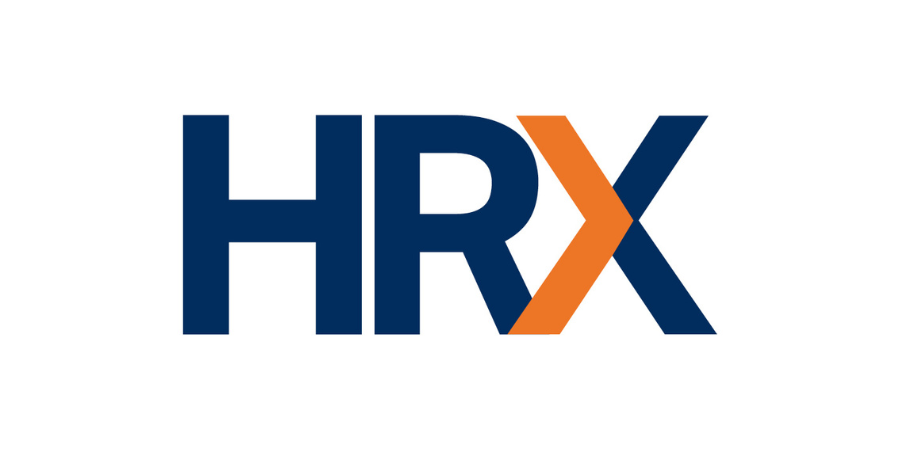Mind Connection: Mental Health Matters
Schools are experiencing all-time highs for teacher turnover and staffing shortages.
The “Great Resignation” ignited a trend of employees across sectors seeking new career paths, and teachers were no exception. The level of burnout, stress, and anxiety experienced during the pandemic exacerbated issues already affecting the retention of teachers in the profession. Now, after two years of uncertainty due to the pandemic, coupled with the ongoing challenges in the current educational environment, teachers are at a breaking point.
The Impact of Mental Health
Mental health and job performance are not two separate pursuits but rather two parts of the same equation. When both are positive, employees flourish. When there is an imbalance, one or both suffer. The impact of mental health is a driver for job satisfaction. It is the responsibility of employers to recognize how employee mental health affects the workplace and to create systems and supports that help all employees perform their best.
A 2021 survey by the RAND Corporation found stress is one of the most common factors for teachers exiting the profession, and nearly all teachers who participated in the survey agreed teaching is more stressful now than before the pandemic. Teachers who voluntarily left the profession since March 2020 stated stress as a top reason. Other reasons included work-life balance issues, the challenges of remote instruction, and the lack of support from administrators.
In an interview with NPR in April 2021, Boston University professor Jennifer Greif Green explained that the mental health and well-being of teachers has a direct impact on students. Chronically stressed teachers are less effective in the classroom, and there is a direct connection between teachers feeling safe and supported in schools and student success.
Strategies to Support Mental Health
While there is no magic potion to address all mental health concerns for teachers and support staff, there are strategies to prioritize the mental health of all school employees:
- Keep mental health in the conversation: In the past couple of years, mental health has been normalized, which gives space to teachers and staff to discuss personal struggles. Mental health should be part of open conversation among leaders and staff. Districts also should provide awareness training for school leaders to recognize signs of mental health issues and to engage in caring conversations with employees.
- Use employee engagement surveys: School districts can use employee engagement surveys to collect data on employee well-being and job satisfaction. Surveys can often help determine the level of employee stress, anxiety, and burnout, as well as identify common stressors leading to workplace dissatisfaction. Surveys communicate to employees that top leaders value their input and voice.
- Offer employee assistance: More and more school districts are contracting with employee assistance programs (EAPs) to provide mental health support for employees. EAPs connect employees to mental health providers for a variety of issues, and most often these services come at no charge to the employee. School districts who provide EAPs for employees can see benefits such as reduced stress of employees, decreased absenteeism, and a direct connection to retention.
- Provide wellness initiatives: Many school districts prioritize employee health by providing gyms, health and wellness classes, weight-loss programs, mindfulness sessions, and other wellness-specific events to support employees physically and mentally. Many schools offer friendly competitions and other incentives to teachers and staff to help them engage in healthy habits in and out of the workplace.
- Protect time: Time is a precious resource, and many teachers and staff need more to perform effectively. Many districts are carving out more time for teacher planning and collaboration, as well as ways for teachers and staff to have mental health days and more time for personal growth.
Supporting Employee Mental Health
When considering how to support the mental health of employees, ask these questions:
- What are the current programs and resources provided to employees to support the mental health?
- Does the district conduct stay interviews with employees? Do we have any data to identify turnover issues linked to mental health issues?
- Have we conducted an employee survey recently or anytime in the past? Was it helpful? What type of data was collected from the survey and how did we use the data?
- Do our current health benefits provide enough support to address employee mental health? Do we provide an EAP for employees? What other health and wellness initiatives or incentives do we provide?
- How can district administration support efforts to ensure all employees have adequate resources to be productive in the workplace?
The End Goal
If teachers and staff have access to mental health supports, many of the heavy burdens of working in a school can be lifted. It's only with a collective effort that school districts can address stressors and thereby address turnover and the retention of employees in our schools.

Jennifer Barton
Jennifer Barton joined HR Services in 2018. She manages employee engagement surveys and assists with compensation planning, training, and other HR projects. Prior to joining TASB, Barton served for 19 years in Texas public schools as a principal, assistant principal, teacher, and coach.
Barton earned master’s degrees in education and educational leadership from The University of Texas at Austin and Lamar University. She holds a Texas superintendent certificate and is a SHRM-CP.
HR Services

Subscribe to HRX
Stay up to date with all the latest HR news and trends by joining the HRX mailing list!





